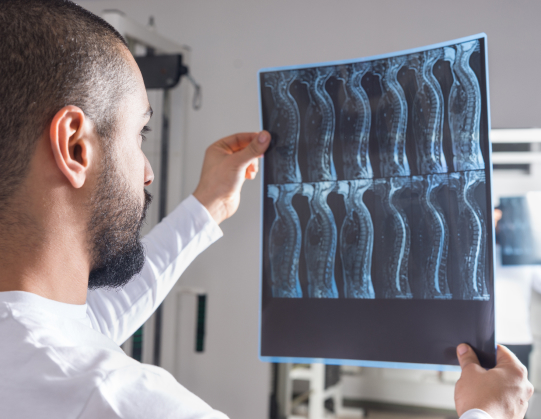A Professional Attorney Will Help You Fight for Compensation for a Work-Related Spinal Cord Injury
In an ideal world, every injury victim would get the payout they deserve without much hassle. Unfortunately, workers with spinal cord injuries are routinely given paltry compensation when they clearly deserve more. There is one primary reason for these low payouts: For-profit insurance companies that are reluctant to write compensation checks. An insurance adjuster will use any excuse they can find to reduce or deny victims of car accidents, someone with an injured spinal cord, or any other claim. Workers with spinal cord injuries who are interested in receiving maximum compensation for their injuries should hire a Los Angeles spinal cord injury attorney to fight for what they are entitled to. An experienced work-related spinal cord injury lawyer in Los Angeles knows how much their clients should be paid and proceeds accordingly. Through fierce negotiations with insurance companies, they fight hard to get financial recovery that does their clients’ injuries justice. Spinal injuries threaten the financial well-being of victims, especially victims of gunshot wounds or truck accidents. Let a Los Angeles spinal cord injury attorney (who knows what your case is worth) fight to get you the funds you need.



